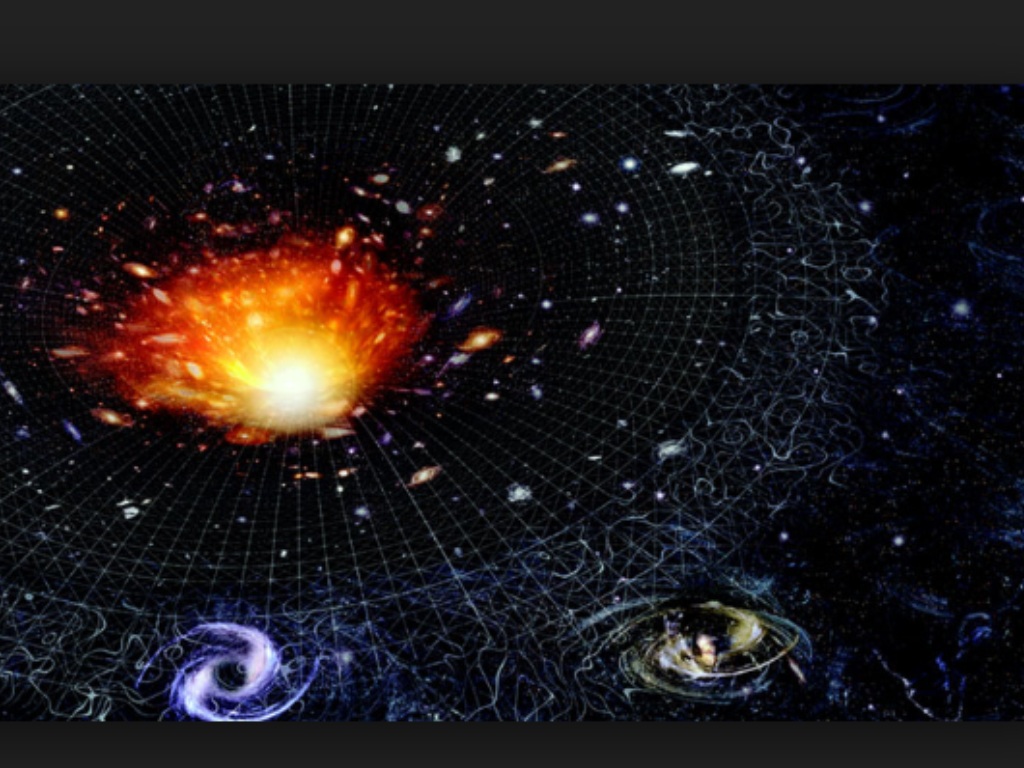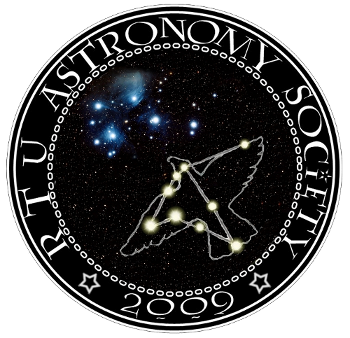

Learn more about physicists and astronomers by visiting additional resources, including O*NET, a source on key characteristics of workers and occupations. More Information, Including Links to O*NET Similar OccupationsĬompare the job duties, education, job growth, and pay of physicists and astronomers with similar occupations. Many of those openings are expected to result from the need to replace workers who transfer to different occupations or exit the labor force, such as to retire.Įxplore resources for employment and wages by state and area for physicists and astronomers. Overall employment of physicists and astronomers is projected to grow 8 percent from 2021 to 2031, faster than the average for all occupations.Ībout 2,100 openings for physicists and astronomers are projected each year, on average, over the decade. The median annual wage for physicists was $152,430 in May 2021. The median annual wage for astronomers was $128,160 in May 2021. However, entry-level physicist jobs in the federal government typically require a bachelor’s degree in physics. Physicists and astronomers typically need a Ph.D. Most physicists and astronomers work full time, and some work more than 40 hours per week. Physicists and astronomers may work in offices, research laboratories, and observatories. Physicists and astronomers study the interactions of matter and energy.

Please enable javascript to play this video.


 0 kommentar(er)
0 kommentar(er)
